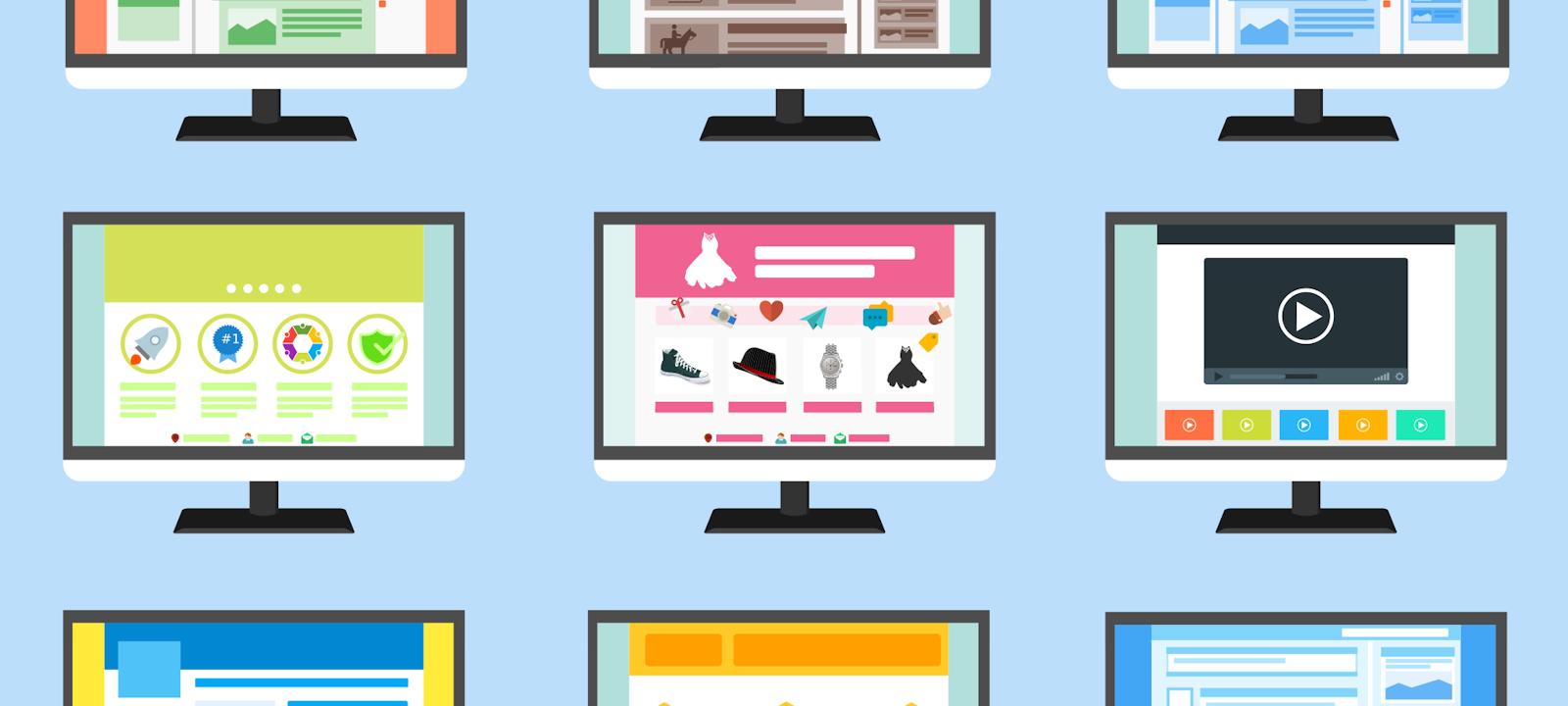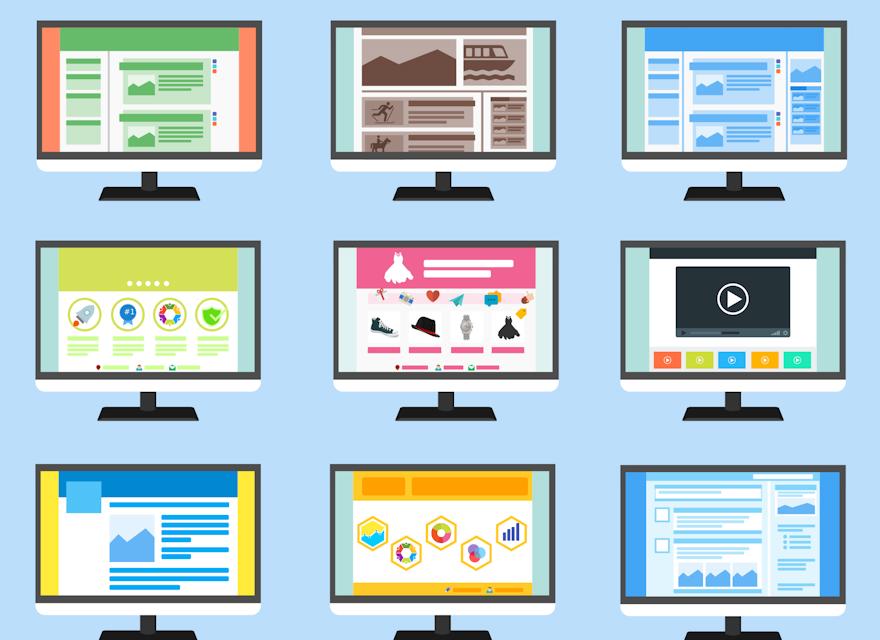What is a storyboard and storyboarding?
A storyboard is a graphic organizer that includes images or illustrations displaying a sequence of events. In other words, it is a series of pictures that convey information to an audience, to help with project planning – such as web project planning.
Who uses storyboards? How did they originate?
Storyboards originated in the motion pictures industry so that film directors could easily keep track of the scenes, and their sequence in a film. More recently, Airbnb began using storyboards in agile product development in order to convey user motivations and experiences in a highly relatable way.
Achieving user and organizational website goals
Storyboards offer powerful visual images that vividly express user fears, desires, joy, anger, and other emotions that drive user actions through their website journey.
Whether a website’s goal is to sell vacation packages, promote online donations, or educate users, the website’s product owner needs to be acutely aware of what is motivating a user to take specific actions if they want to move users through the funnel.
What does understanding user motivations accomplish?
Understanding user motivations is key to being able to design a solution that speaks to your users, demonstrates you understand what they are feeling, and solves their real problems. In other words, it helps to empathize with them and understand what they want to do in a real life context.
Understanding context for your users is the first step. Communicating it to stakeholders is the second step, and a very critical one, if that knowledge is going to flow through to the end product.
Who are some of the stakeholders that need to thoroughly understand the user to ensure that the product is optimized around user needs?:
- Product owner/product manager/digital strategist
- Designers
- Solution architect/developers
- QA
- Internal business stakeholders
Each person working in the design and development of a product is an important part of the final result, and if context is lost on any one of those people, often the product either does not meet the user’s needs, or there are increased development costs resulting from extensive communication occurring amongst the team to correct the problem and additional development work.
For a successful website product to be built:
- The product owner needs to understand the user to be able to define appropriate requirements
- The designer needs to understand how the user will be accessing the site and what they want to do to translate the requirements into a good user experience.
- The development team needs to understand the end goal to be able to best match what they develop to the requirements.
- QA needs to know what the user will want to do to ensure that the solution is appropriately meeting user needs and works as it should.
- Finally, before anything is built, the product owner needs buy-in on product direction from internal stakeholders.
Storyboards offer an easy way for a product owner to pass along the insights they have gained about the end user to all of these people, in a visually pleasing and fun way.
A few final thoughts on product strategy and storyboarding
To sum up, storyboarding offers a few advantages:
- Allows a range of audiences to empathize with users by giving them a visual representation of the situations users complete tasks in
- Allows small details that have a profound effect on user actions to be captured and used as inputs for product decisions
- Provides an easy way to track features back to user motivations
- Supports the ability to show users interacting with your brand across different channels and in different environments to portray a complete picture of the user journey
As one final thought, I would like to leave you with a quote by Red Burns, Co-found & Chair of the ITP at New York University:
“Think of technology as a verb, not a noun; it is a subtle but important difference.”
By having a visual representation of what the user is feeling, their motivations, their frustrations, and their environment, it makes it easy to ensure you never forget what job your final product is aiming to accomplish.





